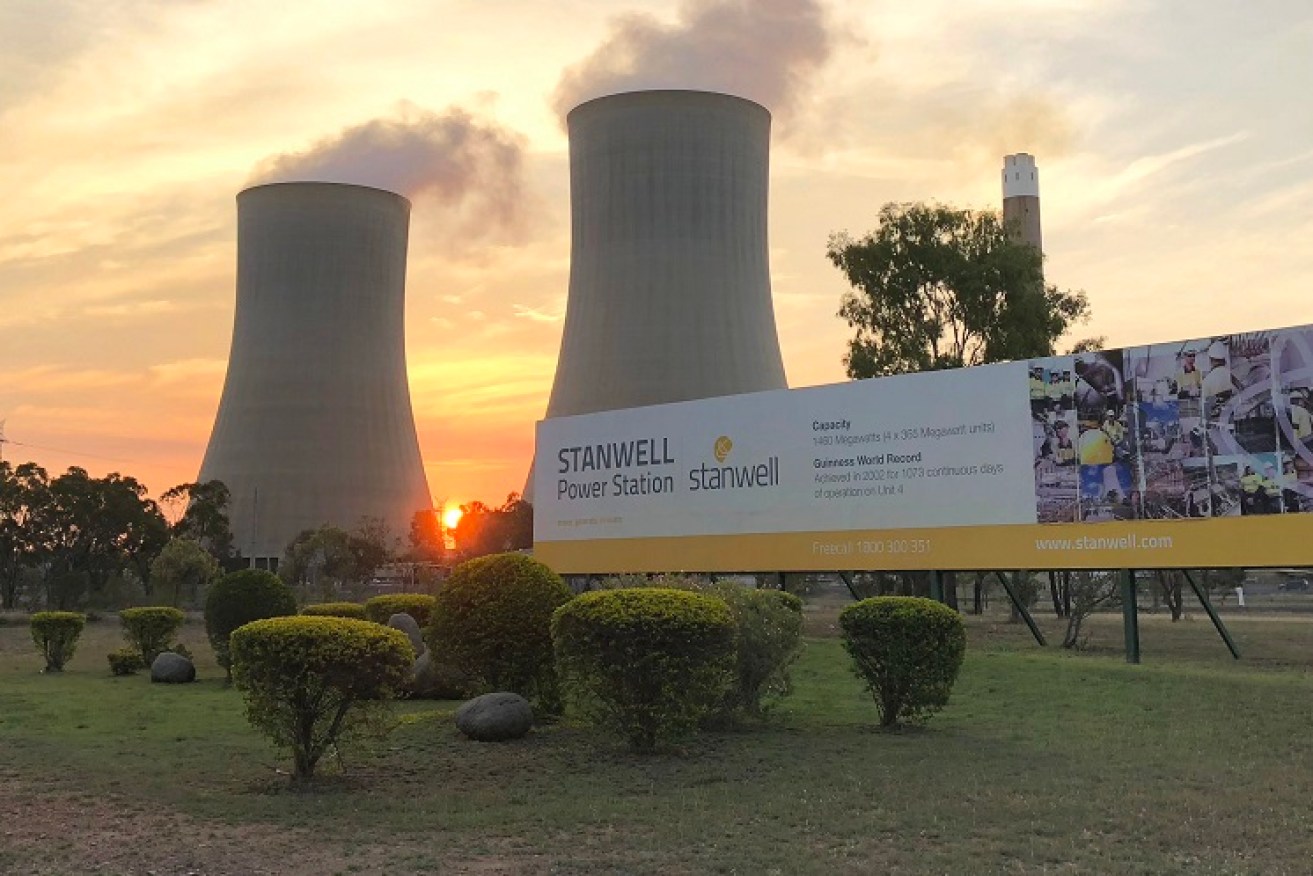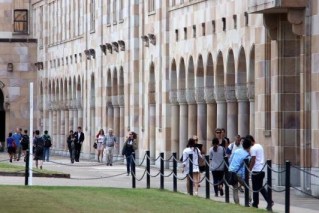Coal, gas hit by drop in demand, echoing words of ex-Stanwell boss
A new report from the energy market regulator underlines the concerns Stanwell’s departed chief executive Richard Van Breda had about the dire outlook for coal-fired generation.


The Stanwell Power Station
The report from the Australian Energy Market Operator showed a big downturn in demand in the first three months of the year as renewables continued to disrupt the market.
A much cooler summer also reduced cooling requirements, particularly in Sydney and Brisbane, which decreased by 50 per cent and 44 per cent respectively.
There was also an increase in the negative or near-zero prices and the quarter saw a new first-quarter record for uptake of distributed photovoltaic which contributed to substantial daytime demand reductions.
The report showed Stanwell’s output was among the most affected on the east coast as black coal-fired generation declined to its lowest first-quarter average since NEM started in 1998.
AGL has also said that wholesale energy prices were at six-year lows and coal-fired generators were under pressure and struggling to cover costs.
Gas-powered generation fell to its lowest quarterly average since 2005 with Darling Downs reducing by 98 MW on average and Swanbank E down 68 MW.
The data follows the controversy over comments made last week by Stanwell chief executive Richard Van Breda who said the company would have to temporarily mothball some of its coal fired generation and may have to retire units early.
Two days later, Van Breda resigned from the Government-owned organisation and Energy Minister Mick De Brenni rejected any suggestion of early closures of the coal-fired generators.
The AEMO report showed the National Electricity Market wholesale electricity price fell by up to 68 per cent, reaching the lowest first quarter averages since 2012.
AEMO chief markets officer Violette Mouchaileh said the mild summer conditions had driven down both average and peak demand levels – average demand reduced by 5 per cent in New South Wales and 3 per cent in Queensland.
“In the last quarter, we’ve experienced less price volatility, an increased volume of low-priced coal and hydro generation and a 29 per cent increase in wind and solar generation, all contributing to lower wholesale prices,” she said.
The largest spot price reductions occurred in Victoria, falling from $79 megawatt hour (MWh) to $25/MWh, its lowest quarterly average since the first quarter of 2012. New South Wales declined from $86/MWh to average $38/MWh, while Queensland averaged of $43/MWh.
Negative and zero spot prices occurred in 5.8 per cent of all 30-minute trading intervals, up from 2.3 per cent in first quarter of 2020.












